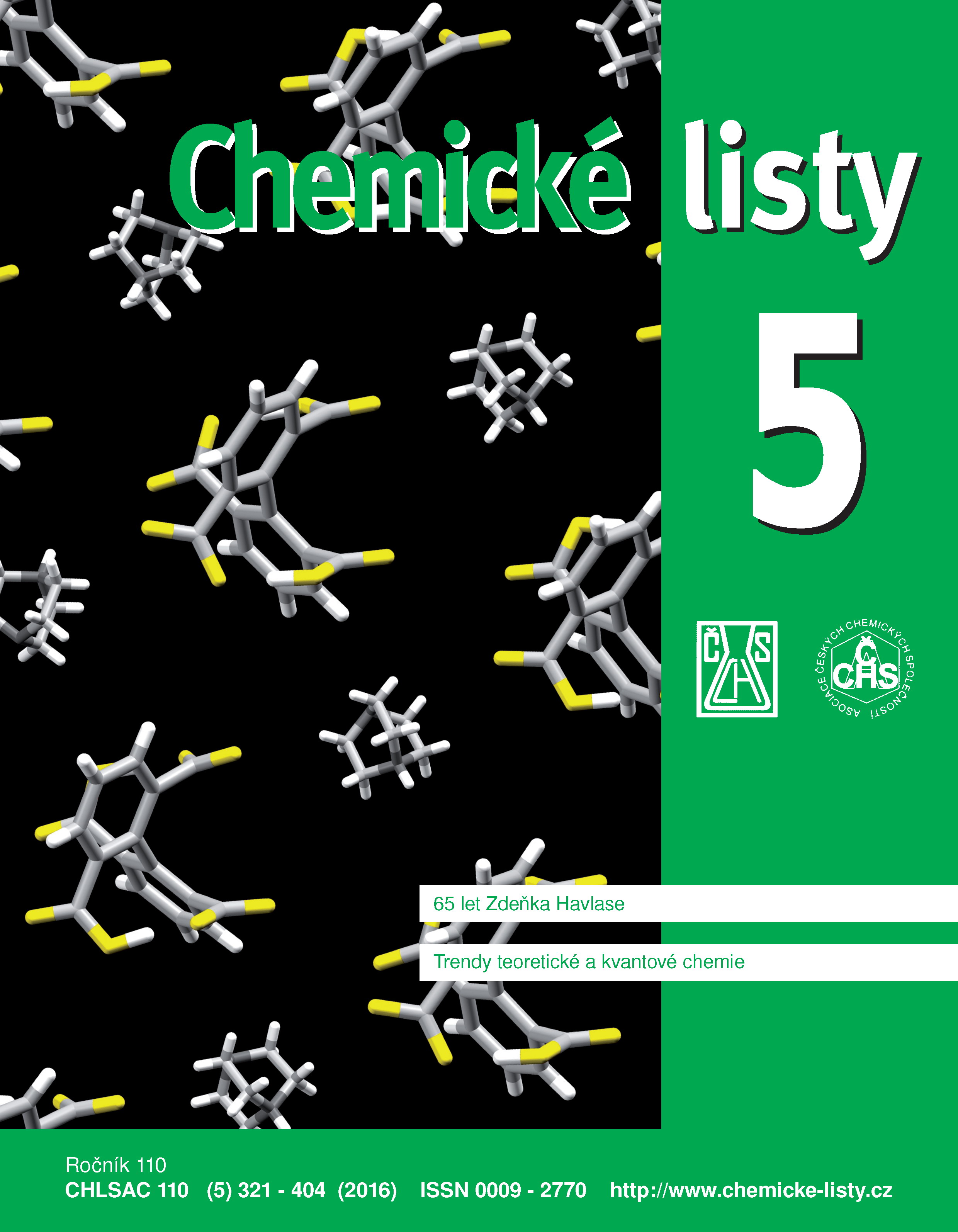Theoretical Bioinorganic Chemistry and Spectroscopy
Keywords:
theoretical bioinorganic chemistry, transition metal ion containing systems, quantum chemistry methods, reaction mechanism, metalloproteins, metal ions binding selectivityAbstract
Among various essential components in biocatalysis, metalloproteins play a specific role by catalyzing reactions that would not occur under physiological conditions. The presence of metal ions is thus crucial for the oxidation/reduction processes, electron transfer, spin-forbidden reactions and 'difficult reactions', such as bond cleavage (or formation) in N2, O2 or C–H. These processes are intimately involved in the fundamental elements of life, e.g. respiration and photosynthesis. Enormous efforts, both experimental and theoretical, have been exerted to understand the structure and function of metalloproteins. While experiments (e.g., X-ray crystallography, various spectroscopic techniques, electrochemistry) are essencial in initial phases of exploring of a particular system, theoretical calculations complement these data by providing a unique one-to-one structure-energy mapping. By correlating experimental and theoretical data, the reaction mechanisms of bioinorganic systems can be elucidated. This not only sheds light on the physicochemical principles (laws) governing the chemical behavior of bioinorganic systems, but also provides an insight into the phenomena of metal-ion selectivity. Ultimately, we hope to understand the fundamental question: „Why Nature selected particular metal ion(s) to perform the specific task(s)?“ In this contribution, recent advances in computational treatment of transition-metal ion containing systems (most notably metalloproteins) are reviewed.





